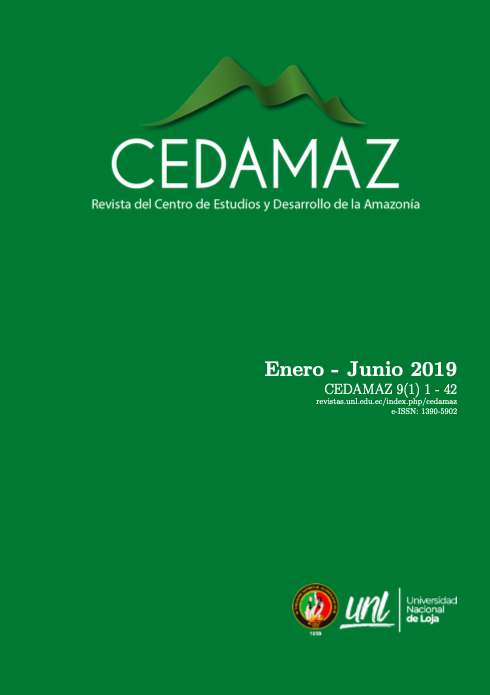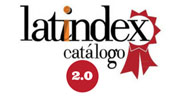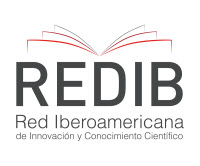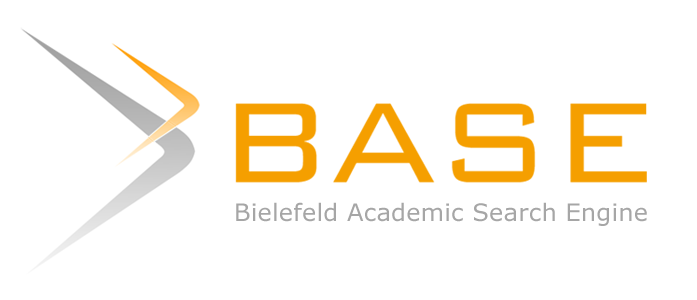Isolation and Morphological Characterization of Arbuscular Mycorrhizal Fungi (AMF) from Riparian Zones of Southern Ecuador: A bioinoculants-production approach
Keywords:
Spore-morphotype, Mycorrhizal colonization, Microbial inoculum, Agricultural production, Solanum lycopersicum MillAbstract
The distribution and identification of microorganisms in riparian areas in the Southern Region of Ecuador have not been studied so far. For this reason, this research has focused on the isolation and morphological characterization of spore morphotypes of arbuscular mycorrhizal fungi (AMF). AMF constitute a group of microorganisms with important ecological and economic relevance. The AMF establish obligate symbiotic association with about 80% of terrestrial plants. Most of the cases correspond to mutualistic associations (although in a limited number of reports negative effects on plants have been observed). Being a mutualist symbiosis, the two partners involved benefit. On the one hand, HMA provides plants with a greater capacity to absorb water and nutrients from the soil. On the other hand, AMFs obtain part of the carbohydrates from the plant. AMF inhabit all types of soils around the world. Several AMF spores were found in riparian zones of the micro watersheds of El Carmen and Mónica which, according to their morphological characteristics, were grouped in various morphotypes and genera. The found genera were mainly Glomus, Acaulospora and Scutellospora. The spores were used as propagules for the inoculation of tomato (Solanum lycopersicum Mill) seedlings. The inoculation produced a significant effect on plants-growth, biomass and fruit weight variables compared to non-inoculated plants. This AMF have a great potential for the development of efficient bioinoculants or microbial inocula for agricultural purposes.Downloads
Published
How to Cite
Issue
Section
License
Copyright (c) 2019 CEDAMAZ

This work is licensed under a Creative Commons Attribution-NonCommercial-NoDerivatives 4.0 International License.
Those authors who have publications with this journal, accept the following terms:
- After the scientific article is accepted for publication, the author agrees to transfer the rights of the first publication to the CEDAMAZ Journal, but the authors retain the copyright. The total or partial reproduction of the published texts is allowed as long as it is not for profit. When the total or partial reproduction of scientific articles accepted and published in the CEDAMAZ Journal is carried out, the complete source and the electronic address of the publication must be cited.
- Scientific articles accepted and published in the CEDAMAZ journal may be deposited by the authors in their entirety in any repository without commercial purposes.
- Authors should not distribute accepted scientific articles that have not yet been officially published by CEDAMAZ. Failure to comply with this rule will result in the rejection of the scientific article.
- The publication of your work will be simultaneously subject to the Attribution-NonCommercial-NoDerivatives 4.0 International (CC BY-NC-ND 4.0)









